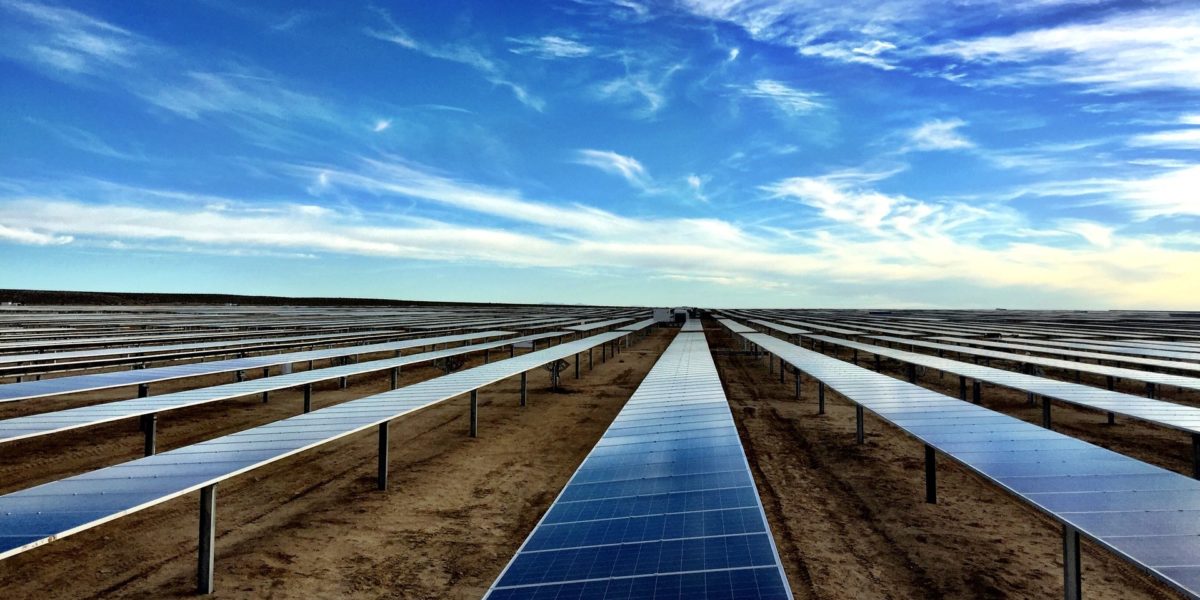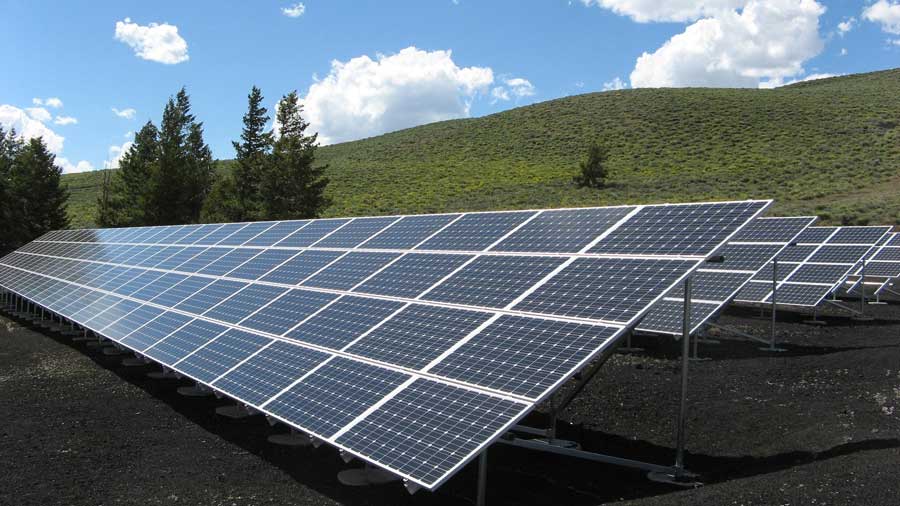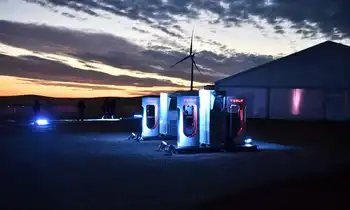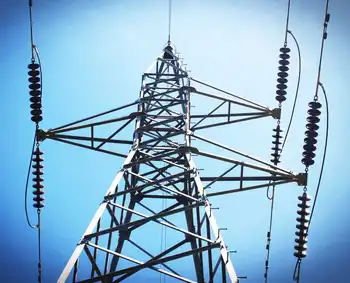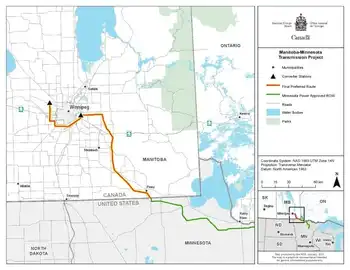Wave park to provide power
By San Francisco Chronicle
NFPA 70b Training - Electrical Maintenance
Our customized live online or in‑person group training can be delivered to your staff at your location.

- Live Online
- 12 hours Instructor-led
- Group Training Available
The plant will consist of eight buoys bobbing in the water 2 1/2 miles offshore, each buoy generating electricity as it rises and falls with the waves. If all goes as planned, the "wave park" will begin operating in 2012.
The power it generates won't be much - enough to light 1,500 homes at most. But it represents another potential front in the fight against climate change. California has ordered utilities such as PG&E to buy more power from renewable sources that don't spew greenhouse gases into the atmosphere and heat the planet. The utilities are turning to the sun, the wind and now the ocean as a result.
San Francisco's PG&E won't build or own the proposed wave park, near Eureka, which will be designed and built by Canadian company Finavera. Instead, PG&E has agreed to buy the plant's power.
That promise will help Finavera get financing for the project by showing potential investors that it already has a customer. It's an unusual step for a technology that, until now, has existed more in the lab than in the water.
"The big leap in wave power is going to happen when banks are comfortable enough with the technology to lend money," said Jason Bak, Finavera's chief executive officer. "It's really getting the first few megawatts in the water that will make the difference."
Wave power has been tested again and again. But unlike the solar panels and wind farms multiplying across the country, it has remained a promising technology, not a moneymaker.
That could change.
If all goes as planned, Finavera's small wave-power station off the Humboldt County coast will be the first in America to sell its power, not just run more tests. But Finavera could face competition for that title. Other wave projects big enough to sell their electricity have been proposed for the West Coast and could beat the company to the punch. But Finavera's project is the first to win support from an electrical utility.
Neither Finavera nor PG&E will say how much the Eureka wave park will cost.
There's no guarantee that the project will work. Finavera's prototype buoy sank off the Oregon coast earlier this year, for reasons the company hasn't completely nailed down.
"We only pay if they deliver," said Hal LaFlash, PG&E's policy director for emerging, clean technology.
Wave power's appeal is easy to understand. So are its obstacles.
Ocean waves pack immense energy in a small area. Tapping even a fraction of it could provide large amounts of electricity without pumping greenhouse gases into the air. And because the energy is so concentrated, the machines needed to tap it, in theory, don't have be as big as a wind farm or a large-scale solar plant.
As a result, wave power could one day be cheaper than those other energy technologies.
"Wind and solar are very diffuse sources - you have to cover a lot of area to collect energy," said Roger Bedard, leader of ocean energy studies at the Electric Power Research Institute. "Waves carry a lot of energy in a small space. Smaller machines cost less than bigger machines."
But efforts to create a reliable, economic way to harvest that energy have moved slowly, when they've moved at all. Any device stuck in the ocean for years on end must be able to sustain a beating with minimal maintenance.
"It's kind of like Ben Franklin and lightning," said David Hamilton, director of the Sierra Club's global warming program. "You look at the ocean, and you see all this energy. But the challenge is figuring out how to capture it. Here are these very large forces, and in the past, the ocean has eaten alive the machines we've put up against it."
Finavera's last "AquaBuoy" prototype suffered a similar fate. It started taking on water when Finavera's researchers went to retrieve it from a test deployment near Newport, Ore. The device slowly dropped beneath the waves over the next 30 hours. It remains on the ocean floor, waiting to be retrieved.
Bak said the company still isn't sure why the AquaBuoy sank. But finding unexpected problems is the reason for building prototypes, he said.
"If you compare it to software, this was our beta test, and you learn from beta tests," he said.
Finavera's buoys look like long cylinders floating upright in the water, with only the top few feet visible. As they rise and fall on the ocean surface, the motion drives a pump within the cylinder that compresses seawater and forces it through a turbine. The turbine generates electricity, which an underwater cable carries to shore.
Finavera plans to deploy eight of the buoys near Eureka, generating a maximum of 2 megawatts of electricity. Each megawatt can power about 750 homes.
If the wave park works as planned, Finavera will expand it, making it large enough to produce a maximum of 100 megawatts.
First, however, the company must secure all the needed government approvals. To do so, Finavera will need to study in detail the project's potential impact on the undersea environment. Some activists, for example, have questioned whether the steel tethers tying wave buoys to the ocean floor could endanger migrating whales.
LaFlash said those possibilities have to be explored. A technology that seems environmentally benign might still affect the environment in unexpected, unwelcome ways. Some wind farms, for example, have killed scores of birds that have flown into the windmills' large blades.
"I don't think anybody 25 years ago, looking at wind turbines, was thinking about the impact on raptors," LaFlash said.
Bak said the company will be able to secure all the government permits it needs through the Federal Energy Regulatory Commission. But Bedard said Finavera probably will need to deal with about 20 other government agencies, both state and federal.
"Surfers, crabbers... everyone will have a right to comment through FERC," Bak said.





